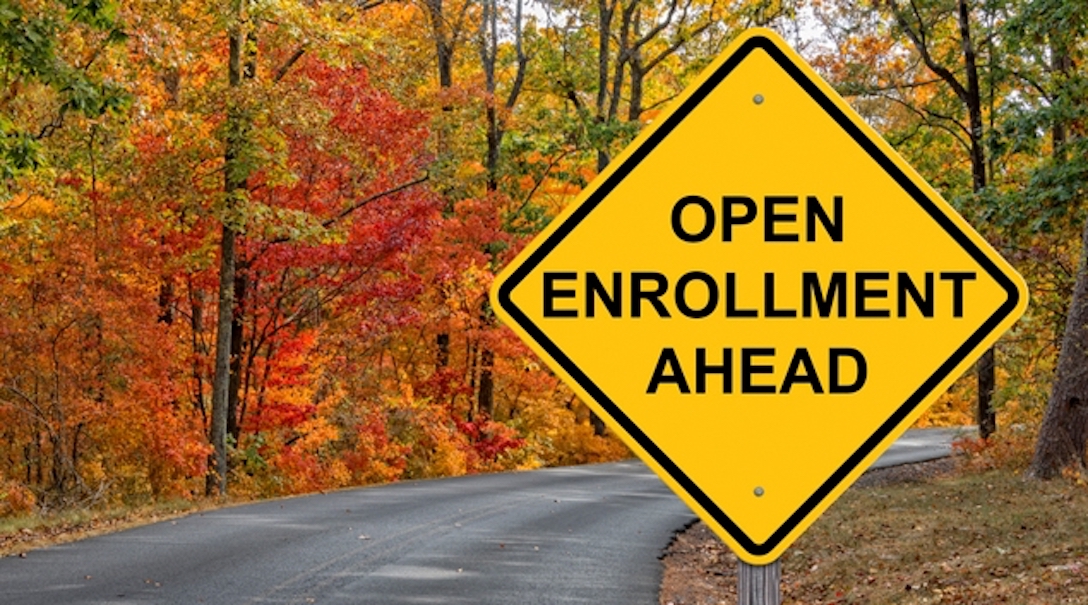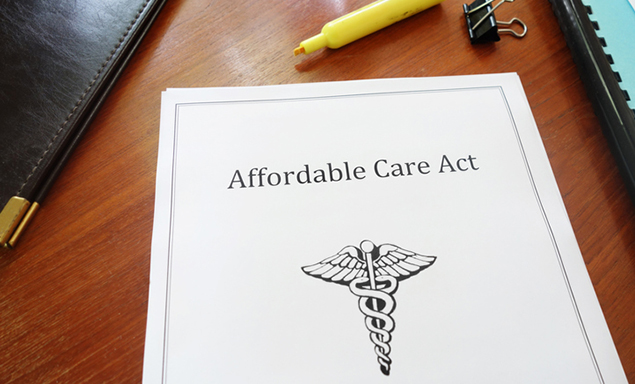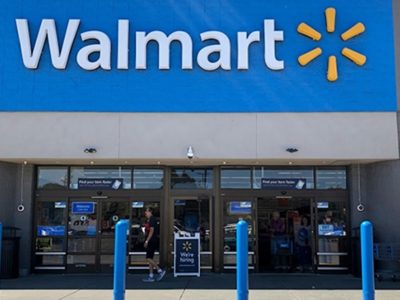
The November 1 start date for open enrollment is fast approaching, and like many events that have taken place this year, it will be remote.
As consumers rely on digital tools to help them navigate the insurance marketplace, it will be up to payers to make sure those tools are effective, according to Mark Nathan, the CEO and founder of Zipari, an online health insurance platform.
“We’re clearly going to see more reliance on the digital tools,” he said. “The direct-to-consumer shopping and broker portal that you see for the individual and [Medicare Advantage markets] are going to play an important role. That’s a big difference this year.”
HIMSS20 Digital
Learn on-demand, earn credit, find products and solutions. Get Started >>
This process is complicated enough as it is, Nathan said, but this year will present new challenges for payers when helping consumers pick the best plan. Without the face-to-face communication that members can typically rely on to get information, they will have to depend on digital channels this year.
“Open enrollment is overwhelming for folks, and we have to get the right timing, the right personalized messages, and really optimize the different channels so that the consumer is able to get the right plan,” he said.
When it comes time for a consumer to either enroll in or renew their health plan, they can talk to a number of different entities, which could include the payer or its website, brokers, sales agents or even a service center agent.
For the communication between consumers and payers to be as seamless as possible, Nathan says every constituent needs to have access to the same health plan information, which is oftentimes difficult to coordinate.
“When we look at the enrollment or renewal process, we look at it from the perspective of the consumer, the broker and the payer all at the same time,” Nathan said. “And we’re linking all of those systems together, as opposed to a single-point solution for each of those interactions. I think that’s really critical, because everybody’s seeing the same information, and it can also analyze the flow of that enrollment application.”
For the best results, clear and concise communication about the process on the payer end will be necessary, according to Nathan. They should tell consumers what their options are, if they need to renew or purchase a new plan, the steps to getting the right plan and any other ancillary benefits that may be available to them.
The mode of communication that is most effective will vary depending on the demographic that the consumer is in, Nathan said.
“There’s not a one-size-fits-all, but what’s most important is that we’re using the most effective channel for that particular member,” he said. “Whether it’s email, or text, or phone call, the goal is to get the member enrolled into the best plan for the member, because ultimately that’s going to be the most efficient, and it’s going to be the most likely they’ll value those benefits and renew over time.”
The end goal of this effective communication is to create a comprehensive sales experience, said Nathan. Payers can do this by bringing together all the data, including the membership, claims, health-survey and web-usage data into one place.
“Payers really need to look at a comprehensive sales experience,” he said. “They could go market by market if they choose, but ultimately they should have it all on the same platform so they can holistically see their sales.”















